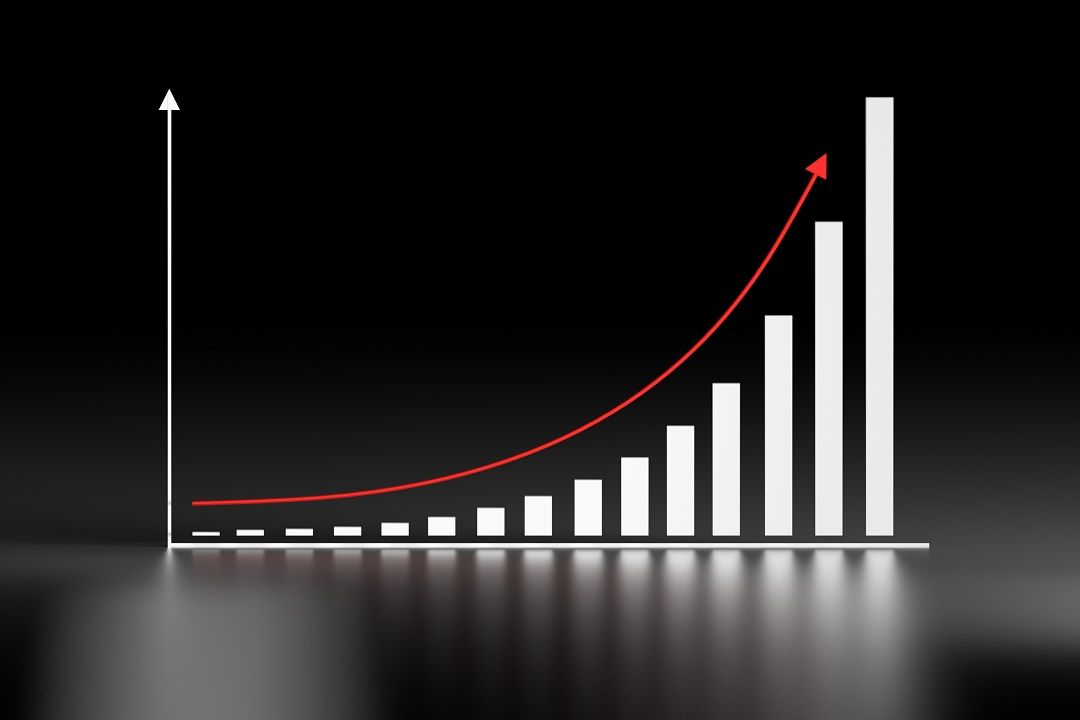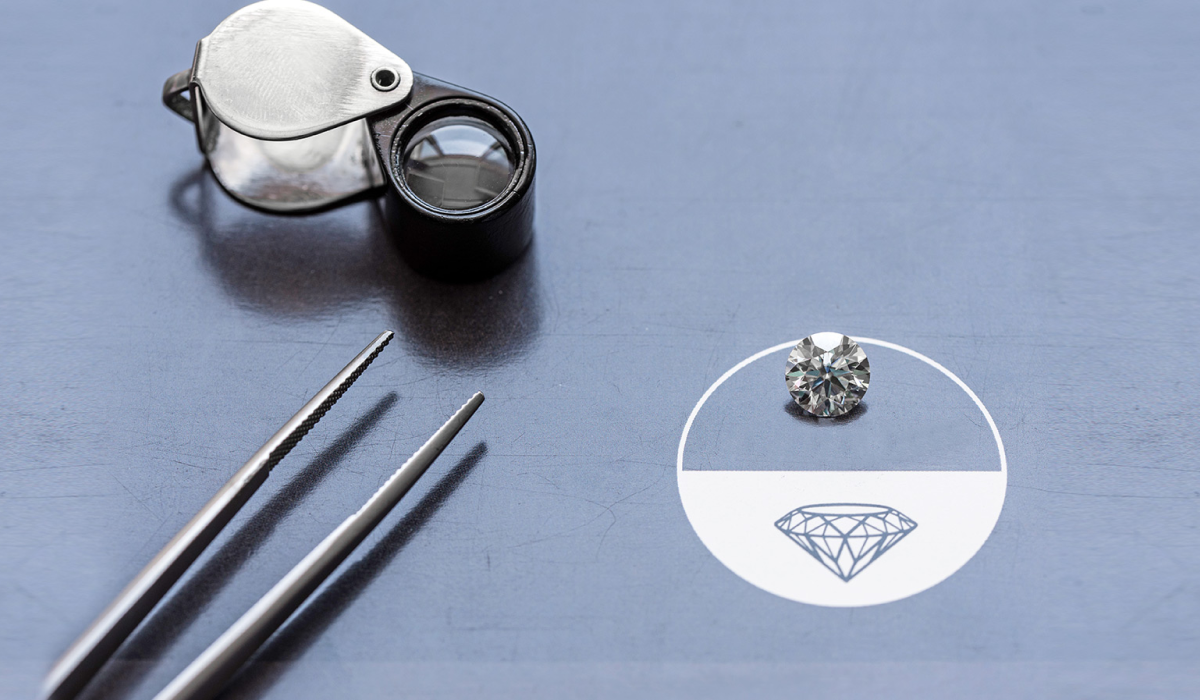Fuel injectors are the key performance-measuring components in an auto engine. Therefore, the choice of the correct fuel injector type is mandatory for an engine’s best functioning. There are different types of fuel injectors that, in turn, generate energy for the engine.
Without fuel, the combustion engine in our cars could not run. The fuel injection systems deliver this necessary fuel into the combustion chambers. The kind of fuel injection system your car has and other factors like mileage, ride quality, engine life, etc., greatly affect many of its characteristics. Fuel injection systems are mechatronic circuits that combine mechanical and electrical circuits to feed the engine with the gasoline of the ideal volume.
A quick understanding of different fuel injection systems will give you a broader idea of what is best for your auto engine. LS3 injectors are most commonly used for the fuel injection process. Generally, there are four types of fuel injection systems:
- Single-Point or Throttle Body Injection System
- Multipoint Fuel Injection System
- Sequential Fuel Injection
- Direct Injection
Table of Contents
Single-Point Injection System
Single-point fuel injection are among the earliest and most basic variants. So, these merely substitute one or two fuel-injector nozzles for the carburetor in the throttle body, which is the air intake manifold’s throat. TBI meters gasoline with better control than a carburetor and is less expensive and simpler to maintain while not being as exact as the systems that have come after.
Multipoint Fuel Injection System
Multipoint fuel injection, also known as port injection, dedicates a distinct injector nozzle to each cylinder, just outside of its intake port. It is practically a guarantee that the fuel vapor will be entirely sucked into the cylinder when it is shot near the intake port.
The primary benefit is that MPFI meters fuel more accurately than TBI designs, better reaching the ideal air-fuel ratio and enhancing all associated characteristics. Additionally, it eradicates the chance of fuel condensing or gathering in the intake manifold.
The intake manifold must be made to convey the engine’s heat to evaporate liquid gasoline when using TBI with carburetors. On engines with MPFI, this is not necessary. Hence, the intake manifold can be made of a lighter material, even plastic.
Improvements in fuel economy are incremental. Additionally, MPFI intake manifolds can be installed more imaginatively, giving engineers more design freedom, whereas conventional metal intake manifolds must be placed atop the engine to transmit heat.
Sequential Fuel Injection System
Sequential port fuel injection (SPFI), often known as a timed injection or sequential fuel injection, is a variety of multiport injection. Multiple injectors are used in basic MPFI, although they all spray fuel simultaneously or in groups.
As a result, when the engine is idle, fuel may “hang around” a port for as long as 150 milliseconds. This might not seem like much, but it’s a significant enough flaw that engineers fixed it: Each injector nozzle is separately triggered by sequential fuel injection.
They spray gasoline at the precise moment that its intake valve opens or just as it does, just like spark plugs. Even though it looks like a little step, efficiency and emissions benefits are made gradually.
Direct Injection System
By delivering fuel directly into the combustion chambers, past the valves, direct injection pushes the fuel injection principle as far as it can go. Direct injection, sometimes known as DIG for direct-injection gasoline, is becoming more prevalent in gasoline engine designs after becoming more frequent in diesel engines.
Again, fuel metering is significantly more accurate with direct injection than with conventional injection methods, and this provides engineers still more control over how precisely combustion takes place in the cylinders. The air-fuel mixture swirls in the cylinders, and the explosion spread out from the ignition point is closely examined by the science of engine design.
How fuel burns evenly and completely in a gasoline engine is influenced by several factors, including the shape of the cylinders and pistons, the locations of the ports and spark plugs, the timing, duration, and intensity of the spark, and the number of spark plugs per cylinder (more than one is possible). Another tool in that field is direct injection, which can be applied to lean-burn engines with low emissions.
Which Is the Best Fuel Injection System? Final Thoughts
Different types of fuel injection systems have their pros and cons. The process of fuel intake and delivery to the combustion engine is also different. Furthermore, the efficiency levels of these fuel injection systems also vary accordingly.
Among all the different types of fuel injection systems, the sequential fuel injection system is the most commonly used. The higher applicability of the sequential fuel injection system makes it one of the most practical options for use in modern combustion systems.
Apart from being practical, the sequential fuel injection system is affordable. However, you should choose the type of fuel injection system per the power requirements of your auto combustion engine.









